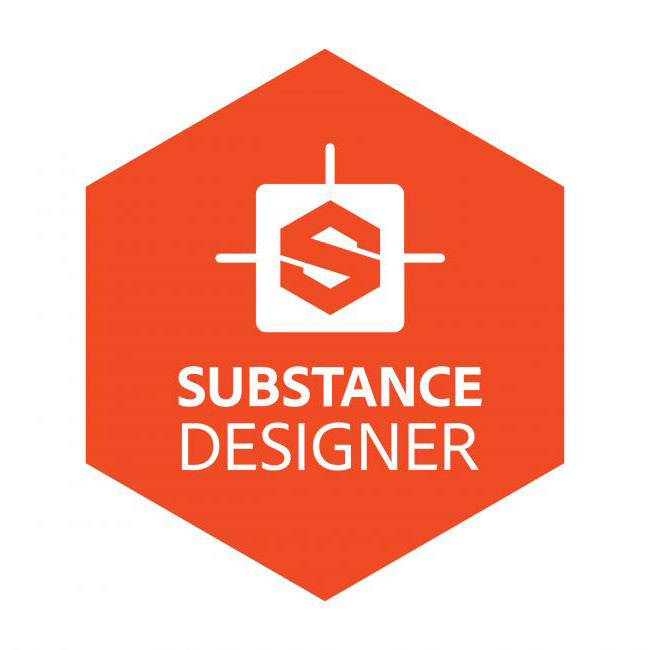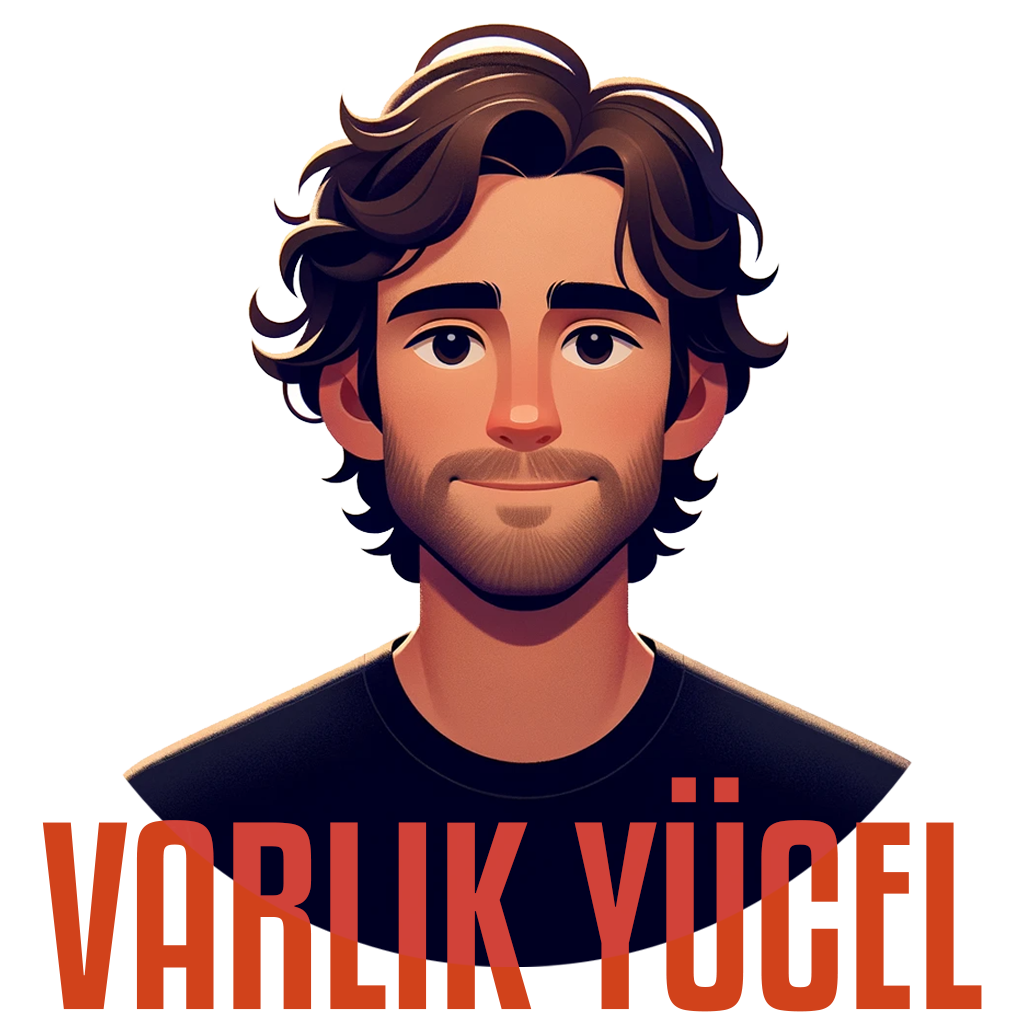🧰 Tools

Unity

C#

Oculus / Meta

Substance Designer

3D Studio Max

Blender
🧑 Role
R&D Cunsultant, Project Scholar
🤝 Contributers
Project Leader - Güzden Varinlioglu, Massachusetts Institute of Technology (MIT),
Han Tu, Massachusetts Institute of Technology (MIT),
Sarvin Eshagi, Texas Tech University,
Sepehr Vaez Afshar, Texas Tech University,
Özgün Balaban, Tilburg University,
Hilal Kaleli, Izmir University of Economics,
Gözde Damla Turhan, Izmir University of Economics.
Han Tu, Massachusetts Institute of Technology (MIT),
Sarvin Eshagi, Texas Tech University,
Sepehr Vaez Afshar, Texas Tech University,
Özgün Balaban, Tilburg University,
Hilal Kaleli, Izmir University of Economics,
Gözde Damla Turhan, Izmir University of Economics.
💰 Funds
Funded by the U.S. Department of State in partnership with Assoc. Prof. Nagakura, Design Computation Lab, MIT
Funded partly by a grant from the U.S. Mission to Türkiye and MIT MISTI Global Seed Funds
Partners and Sponsors: Chevening Oxford Centre for Islamic Studies - Abdullah Gül Visiting Scholar Program and Turkish Ministry of Culture and Tourism - Directorate General of Cultural Assets and Museums, Göreme Archeological Site
Funded partly by a grant from the U.S. Mission to Türkiye and MIT MISTI Global Seed Funds
Partners and Sponsors: Chevening Oxford Centre for Islamic Studies - Abdullah Gül Visiting Scholar Program and Turkish Ministry of Culture and Tourism - Directorate General of Cultural Assets and Museums, Göreme Archeological Site
Project Details
The project aimed to revitalize cultural tourism in inland Anatolia, creating content for a cloud-based platform. Its achievements included providing online training sessions to improve data literacy among locals, digitally protecting and restoring historical sites, and promoting cultural tourism. It focused on the once-forgotten caravanserais in the Antalya-Konya area, using them as a case study. The project was divided into three stages: developing online training content, team building and field surveys, and creating immersive online experiences of the sites. Collaborative efforts between Turkish and U.S. teams led to the recording of intangible heritage, 3D documentation of caravanserais, and curation of online content for the MIT web platform, using augmented and virtual reality for virtual site access.
The project's virtual reconstruction involved recreating digital models of Anatolian caravanserais using 3D modeling and computer graphics. This process restored the appearance and features of these historical waystations, providing a virtual representation for preservation and educational purposes, and showcased the cultural heritage of the region.
Advanced techniques in heritage recording and 3D modeling were explored, integrating photogrammetry and 360 video. The project developed a comprehensive approach for preserving cultural heritage with high-resolution 3D models and immersive 360 videos. It evaluated results based on the quality of the 3D models and the effectiveness of the 360 videos, contributing significantly to the advancement of heritage recording and 3D modeling techniques.
The project also provided a virtual reality experience of cultural heritage sites and buildings. VR technology was used to create an immersive and interactive environment, allowing users to explore and experience heritage sites in detail. The project assessed the quality and accuracy of the VR environment and its effectiveness in enhancing the heritage experience, advancing VR's use in heritage recording and preservation.
This study includes two-dimensional pattern production in a 2D plane. As a next step, it is aimed to modify the algorithm in order to produce 3D patterns. In this context, we are carrying out various studies. By using the 3D modeling program Rhinoceros and the Grasshopper plug-in, proposed pattern generation method has been reconstructed in the 3D environment (Figure 16). It is predicted that various sectors such as architecture, product design, interior design and so on can benefit from the patterns that emerged as the result of this study. In addition, since these 3D patterns will be defined in the digital environment, it will also be possible to physically manufacture them easily by using devices like CNC and 3D printer
At the heart of the SILK project was the goal to improve data literacy within these communities. This endeavor empowered locals to actively participate in the digital collection and preservation of historical data. As a result, the project has played a crucial role in safeguarding the cultural and historical significance of kervansaray sites.
Through its efforts, the SILK project has not only preserved the legacy of these ancient waystations but also reinvigorated them as vibrant centers of cultural importance. This project stands as a testament to the potential of combining traditional heritage with modern digital technology, ensuring that the rich history of Anatolia's kervansarays continues to be celebrated and appreciated by future generations.
